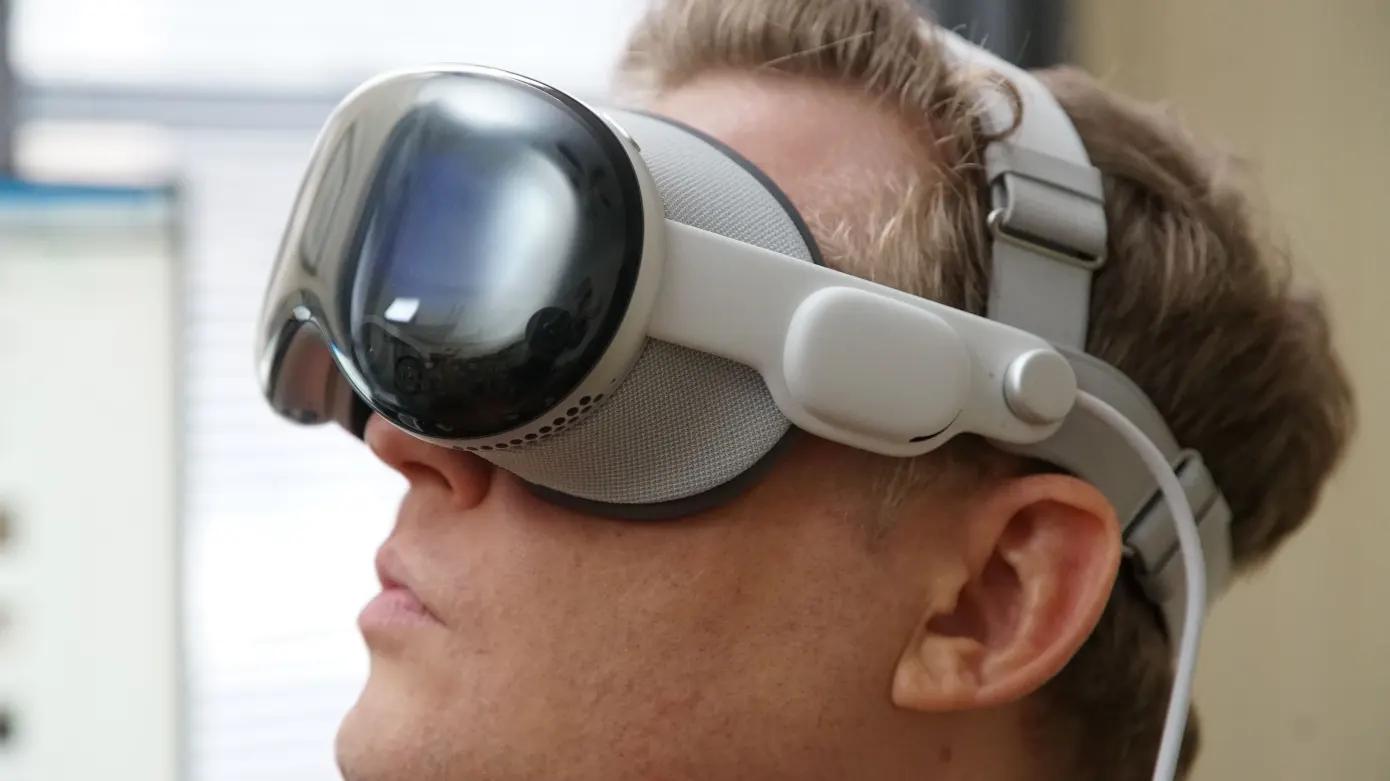Apple Vision Pro review: the infinite desktop
The $3,500 headset is very much still a work in progress, offering glimpses of a future that will live or die by developers

Blog post by Divyanshu Saini - Published at 2/5/2024
There may never be a monitor as wide as Europe, yet a comic as wide as Europe or as tall as a mountain can be displayed on any monitor, simply by moving across its surface, inch-by-inch, foot-by-foot, mile-by-mile . . . In a digital environment there’s no reason a 500 panel story can’t be told vertically — or horizontally like a great graphic skyline.
The infinite desktop
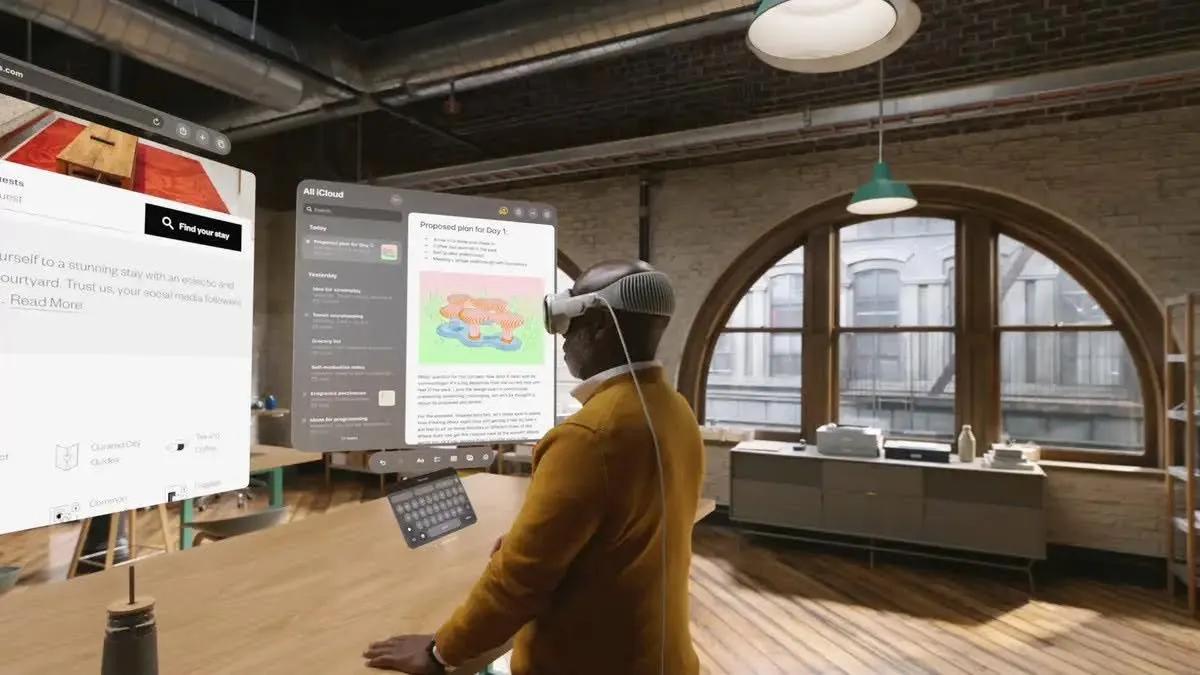
The New "Infinite Canvas" - Apple's Vision for Spatial Computing
Twenty years ago, the concept of an "infinite canvas" symbolized the promise of limitless digital creativity unleashed by the internet. But as online spaces have become increasingly commercialized and constrained, that optimistic vision has faded. Now, Apple is seeking to revive it with the launch of its new Vision Pro headset and pivot to "spatial computing."
Offering a fully immersive mixed reality experience, Vision Pro expands the frame of digital interfaces beyond the confines of screens into 3D simulated environments. Controlled by natural user inputs like eye tracking and voice commands, Apple promises users the sensation of effortlessly inhabiting virtual workspaces.
As an early effort to bring this nascent technology mainstream, Vision Pro delivers on some of its potential. Hand tracking and responsive head positioning create surprisingly intuitive interaction. For short sessions of up to an hour, the experience can feel magical, offering superhuman abilities to conjure objects and data out of thin air.
However, rough edges remain in keeping the illusion seamless over longer periods. Mundane real-world cues like a colleague hovering too close or a nagging neck cramp can still pierce through virtual contexts. And the necessity of being tethered close by a connected Mac limits mobility.
For all the hype around entering an "infinite" environment untethered from physical constraints, current limitations around optics, processing, battery life, and ergonomics persist. But by publicizing a bold vision for our digital evolution - one where screens give way fully to inhabited 3D interaction - Apple is taking a landmark step in the right direction. Still, their greatest achievement with Vision may simply be lighting the spark that fuels the next wave of rapid spatial computing advancement across the entire tech industry.
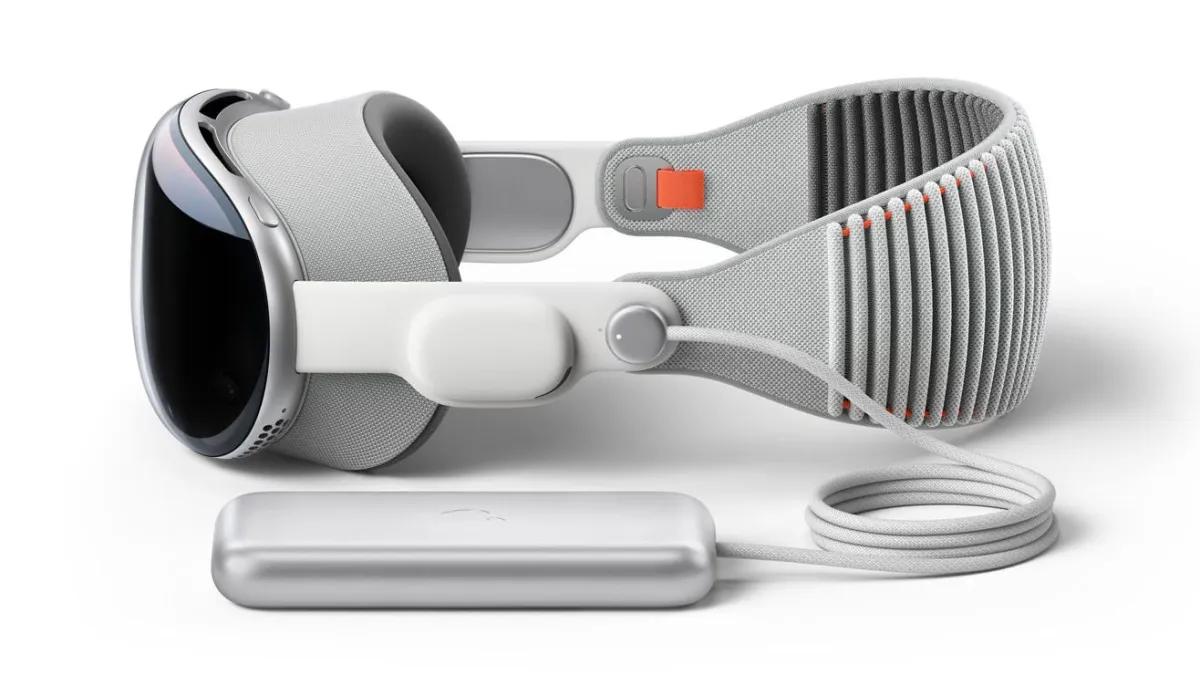
Image Credits: Apple
One thing to remember when discussing the Vision Pro is that it’s a first-generation product. The notion of first-gen products carries a lot of baggage — both good and bad. On the positive side is ambition and excitement — the glimpses of the future that flash in front of your pupils in beautiful 4K. On the opposite end is the very real notion that this is the first volley in a much larger, longer war. First steps are often fraught with peril.
“A journey of a thousand miles begins with a single step,” according to a common paraphrase of an old Chinese proverb. But maybe The Proclaimers put it best: “Da-da dum diddy dum diddy dum diddy da da da.”
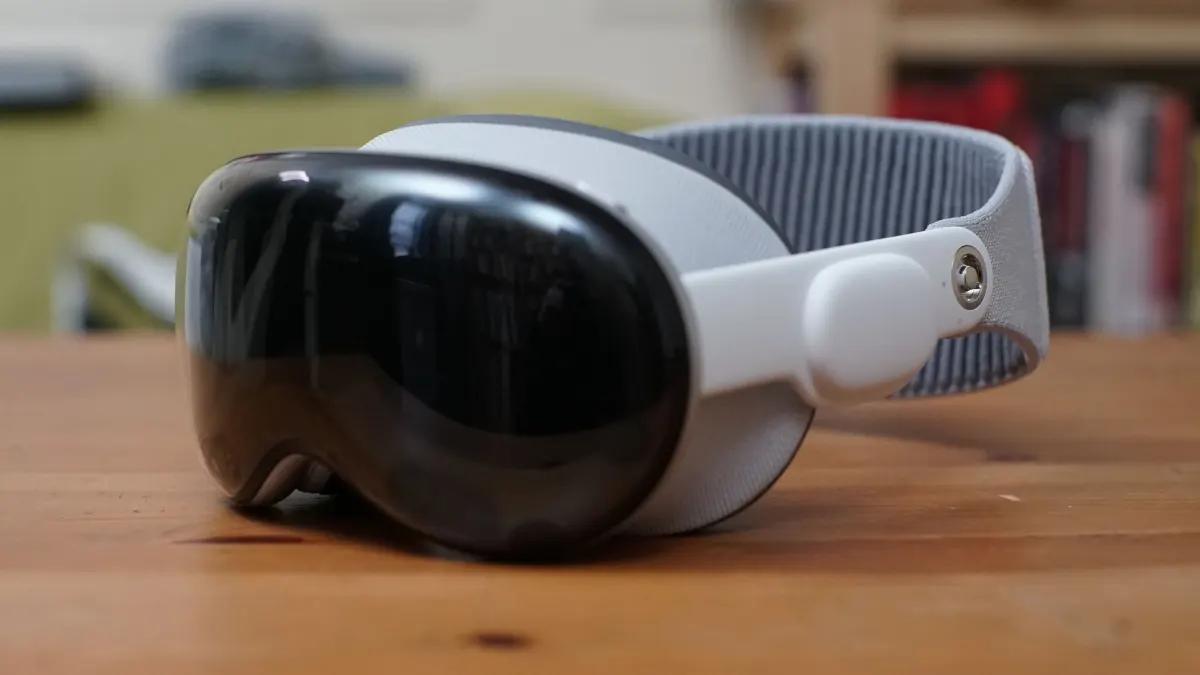
Another thing that needs underscoring in any discussion about Apple’s inaugural spatial computing system is its sheer ambition. When asked if the Vision Pro’s aspirations exceed even those of the legendary iPhone, I once hesitated. But Apple is venturing into remarkably uncharted territory.
The original iPhone stood on the shoulders of earlier smartphones that laid important groundwork. And its full ecosystem impact emerged later, with the App Store unlocking third-party innovation. However, Apple wasn’t racing to define and dominate an entirely new computing paradigm in 2007—just optimizing the pocket computer experience.
With spatial computing, no clear leader or definitive vision had materialized before Apple entered the arena. The very foundational UX, UI, and interaction models required establishing from scratch. And hardware capabilities for stereoscopic viewing, scene reconstruction, hand tracking and more pushed the envelope on what was commercially viable.
Rather than optimizing existing workflows, Apple is placing an early bet on an alternate reality for how we’ll create, communicate and compute in the future. It’s a Moonshot attempt that evokes revered leaps forward like the Macintosh debut—one that will set the pace on a new computing trajectory for years to come. True revolutions don’t follow predictable paths; they emerge unexpectedly on the frontier.
So while risks and limitations remain very real, the visionary spark is undeniable. Apple is aiming ambitiously far beyond mere product iteration. They are taking a giant leap into the unknown, pioneering experiences that set the stage for our spatial future.
The story of extended reality, on the other hand, has been punctuated by decades of failed promise. That there hasn’t been a truly successful extended reality headset except the Meta Quest (which occupies a wholly different spot in the market) is not for lack of trying. Some of the industry’s biggest names, including Google and Samsung, have taken several swings at the space with than satisfactory results.
The future of multitasking?

In the headset’s current iteration, games are not the primary driver. The company instead presented a future wherein the Vision Pro is, in essence, your next Mac. The infinite canvas of Apple’s design is more of an infinite desktop. There’s a sense in which it serves as a reaction to the smartphone’s multitasking problem. It certainly feels as though we’ve reached the upper limits of smartphone screen size (admittedly not the first time in my career that I’ve suggested this). This is why, suddenly, foldables are everywhere.
The Vision Pro paints a picture of a world in which your computer’s desktop is limited only to the size of the room you’re in. Of all the consumer headsets I’ve tried, Vision Pro offers the most convincing sense of points in space. This may not sound like a big thing, but it’s foundational to the experience even more so than those high-res displays. I’ve tried plenty of headsets over the years that promised a movie theater in a compact form factor. Sony, in particular, has been intrigued by the notion.
Those experiences feel exactly like what they are: a small display mounted in front of your eyes. From this perspective, I wholly understand early criticism that the product is effectively like having an iPhone strapped to your face. When people tell you that you have to experience the Vision Pro to appreciate what it can do, this is what they’re talking about.
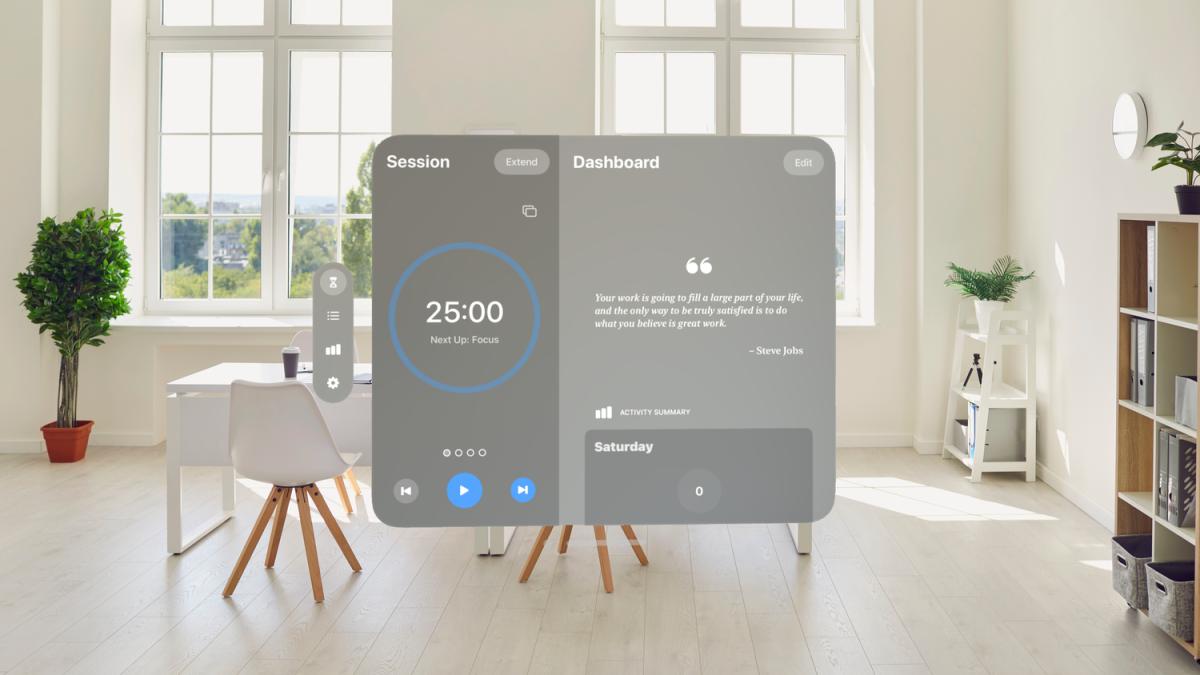
This is the core of spatial computing — and by extension, the Vision Pro. It’s the “Minority Report” (really need to update my pop culture references) thing of picking up and moving computer files on a three-dimensional space in front of you. Here that means I can be sitting at my coffee table banging out an email on a Bluetooth keyboard, open Apple music and stick it off to the side. If I really want to go into multitasking overdrive, I can wallpaper my room in windows.
This is one of the most interesting contrasts at the center of the experience. It’s neat, but it’s not, you know, sexy. It’s an extension of desktop computing that is potentially the future of multitasking. There are absolutely people for whom the phrase “the future of multitasking” presents the same frisson I get when I put on an Alice Coltrane record, but for most of us, multitasking is a necessary evil. If the Vision Pro is, indeed, the future of the Mac, then its ultimate destination is as a utility or tool.
It’s the device you use for document writing, email, Zoom and Slack. And then, at the end of the day, you watch “Monarch” on Apple TV or play a bit of the new Sonic game on Apple Arcade. What it decidedly is not at present, however, is the wholly immersive gaming experience of a “Ready Player One.”
